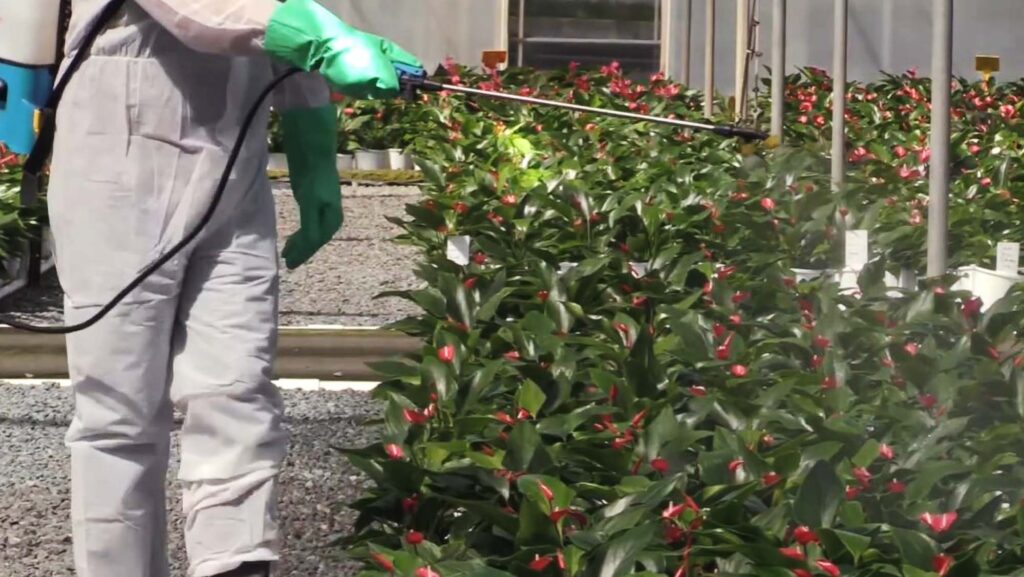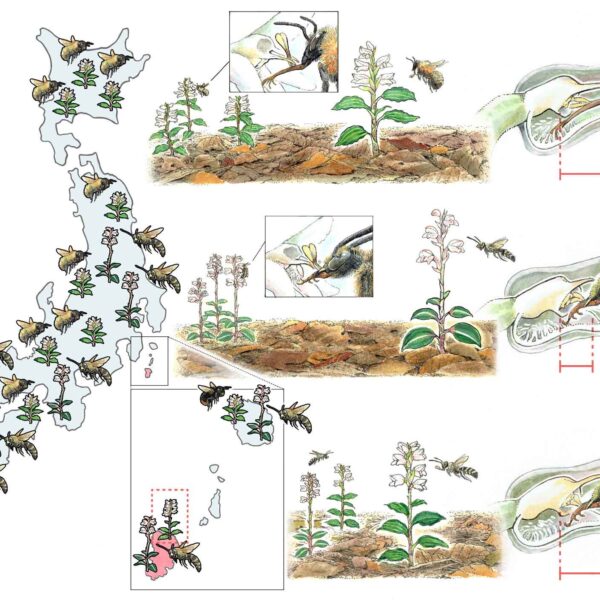Scientists investigating the condition of honeybee hives in the United States discovered chemical substances in all the wax structures they examined.
Experts from Cornell University in Ithaca said they investigated 72 beeswax samples from managed colonies across New York. According to their study, not a single sample was free from pesticides.
The finding raises the question of a possible impact on the health of humans and even more so on the condition of the pollinators.
A spokesperson for Cornell University said: “Bees reuse wax over years, causing chemicals to accumulate.

“Toxic residues get into beeswax from nectar and pollen of plants that have been sprayed with pesticides and from drugs and pesticides that beekeepers apply to hives to improve bee health.”
More than 98 per cent of the examined chunks of wax featured a commonly used chemical agent called piperonyl butoxide.
Around 86 per cent of the samples consisted of acaricides, a substance honey farm managers use to fight Varroa destructor, a parasitic mite which seriously harms bee colonies.
Prof Karyn Bischoff, the study’s lead author, said: “Because pesticides can accumulate in wax, it’s important for beekeepers to keep removing old wax every few years.”
The scientist revealed that wax samples from commercial apiaries had the highest pesticide residue rates.
Prof Bischof argued this was understandable as these bees “are exposed to a lot of different crops and farmers may use different pesticides for each.”
She concluded: “Understanding which contaminants are impacting domestic honeybees may help researchers better protect other pollinators including wild bees and other insects as well as birds and bats.”
In 2020, the state’s beekeeping industry reportedly generated almost USD 11 million (EUR 10.2 million, GBP 8.7 million) worth of honey.
Last year, a survey by Lawn Love, a gardening services provider from San Diego, California, named New York the second-best place to keep bees in the United States. California topped the ranking while North Dakota came third.












